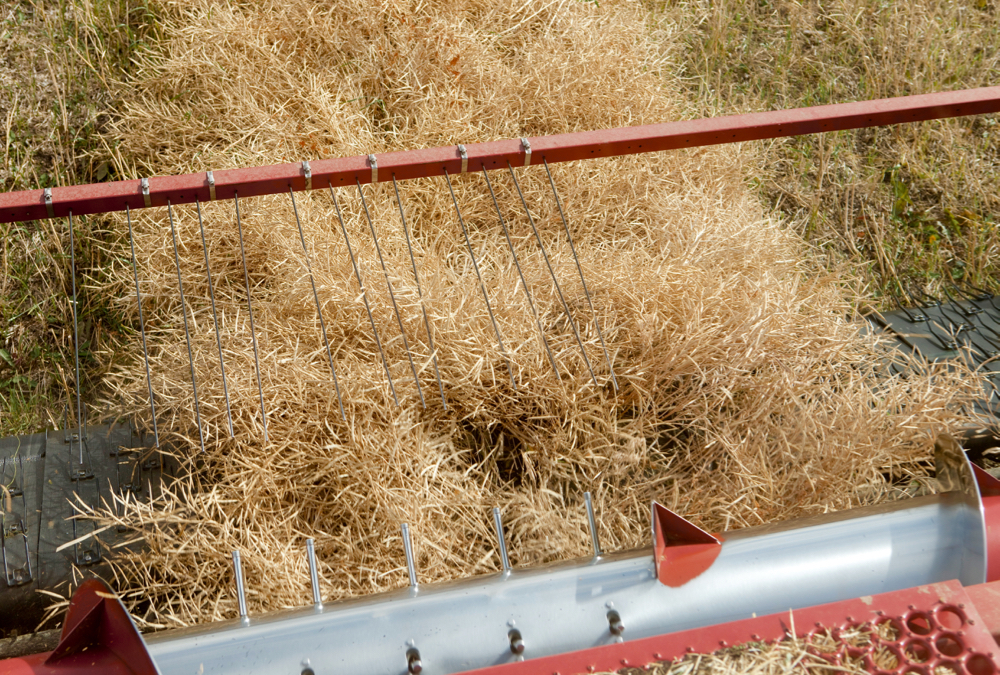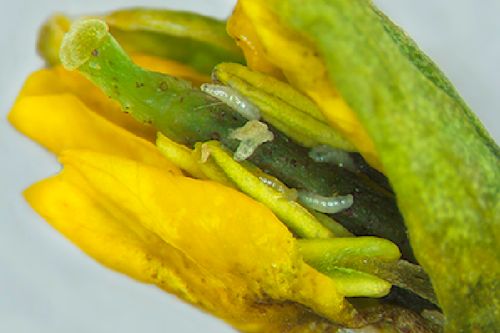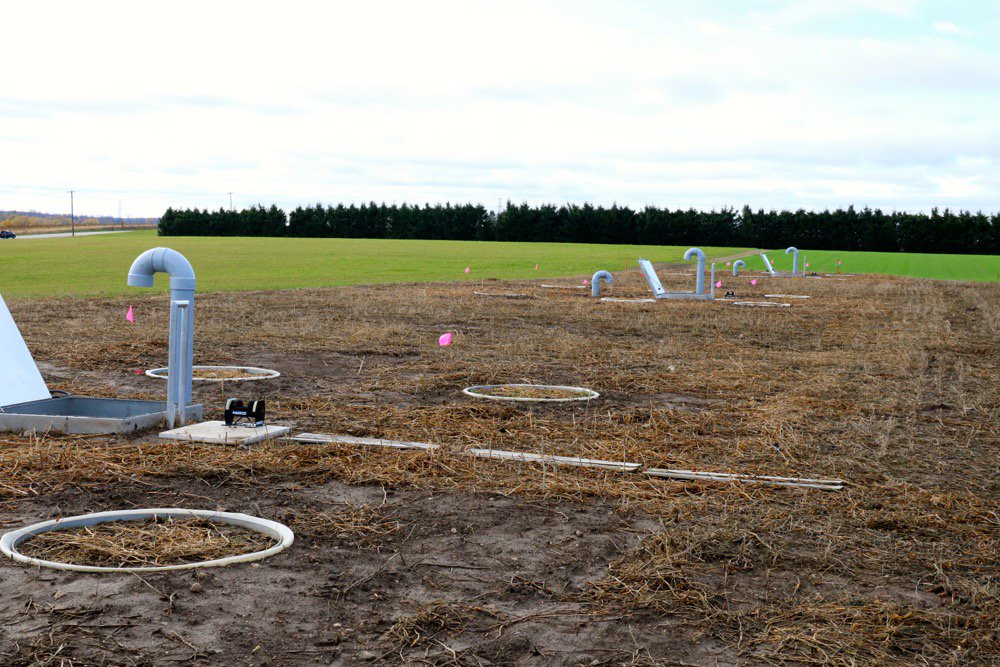Ontario entomologists have similar concerns to U.S. counterparts who have taken an unusual step by sending an open letter to seed companies about failures in control of western bean cutworm (WBC) by the Cry1F trait.
Seven leading U.S. agriculture entomologists posted the letter this week, after a high-WBC-pressure year in the U.S. Midwest caused them concern.
Jocelyn Smith, research associate at the University of Guelph’s Ridgetown Campus, agrees with her U.S. counterparts. She helps monitor insect populations in Ontario crops and said that with good transgenic control of European corn borer, WBC is the most significant insect challenge in Ontario corn production.
Read Also

Alberta harvest wrapping up: report
Harvest operations advanced to 96 per cent complete in Alberta as of Oct. 7, with only a few late-seeded cereal and canola fields remaining, according to the latest provincial crop report.
WBC are known to also feed on edible beans and peas, although most peas are harvested in Ontario before WBC becomes a problem.
“We’ve done a lot of trials with Cry1F since 2012 and see no significant differences in control of western bean cutworm compared to damage levels in non-Bt corn,” she said.
The Cry1 trait continues to perform well controlling European corn borer, so it isn’t a matter of changing traits; it is a recognition that the Cry1F trait no longer works on WBC.
The U.S. entomologists are looking for changes to marketing language, which continues to claim some level of control over WBC from the Cry1F trait.
Farmers in Ontario’s sandier areas have been the hotspots for WBC. Smith said they already know not to rely on Cry1F as a control and instead have “learned to be really good with insecticide timing for western bean cutworm, which can be highly effective when applied during the window of egg laying and hatching.”
However, WBC is expanding its range in Ontario — and that means some growers who thought they would get control with hybrids with the Cry1F trait were surprised this year by feeding levels, Smith said.
Scouting is important to WBC control. There are widespread moth-trapping programs that help establish potential infestation of the crop. Then it’s up to farmers to scout their crops for egg masses, which are laid in the upper leaves of corn plants, and then for the larvae themselves, in order to determine spray timing.
WBC isn’t a big yield robber, but some research that Smith hopes to release soon shows that even a small bite into the cob by WBC significantly increases the chance of mycotoxins developing.
Grain with high mycotoxin levels is downgraded and needs to be blended, or is unusable for livestock feed, depending on infection severity.
The Viptera trait from Syngenta has strong control of WBC, Smith said, but a wide selection of hybrids stacked with Cry1F and Vip3A is still likely a few years away from availability.
Dow AgroSciences licenses the trait to many seed companies and it shows up as part of the widespread Herculex and SmartStax groups of traits in corn.
In a statement, the company’s Canadian arm said it “empathizes with growers that are experiencing difficulty in controlling outbreaks” of WBC.
“Recently some growers have reported greater feeding damage than in past years under high-pressure conditions and reduced sensitivity of the pest to Cry1F. Under such challenging circumstances, protection of corn from this pest will require additional management practices.”
Dow AgroSciences said it encourages growers to use the Cry1F trait with an integrated pest management strategy for controlling WBC. An IPM strategy could also include moth flight montoring, pheromone trapping, scouting and spraying.
The company also said it will have additional guidance for growers for the 2017 growing season.
— John Greig is a field editor for Glacier FarmMedia based at Ailsa Craig, Ont. Follow him at @jgreig on Twitter.

















